Hayabusa2 finds water in asteroid for first time
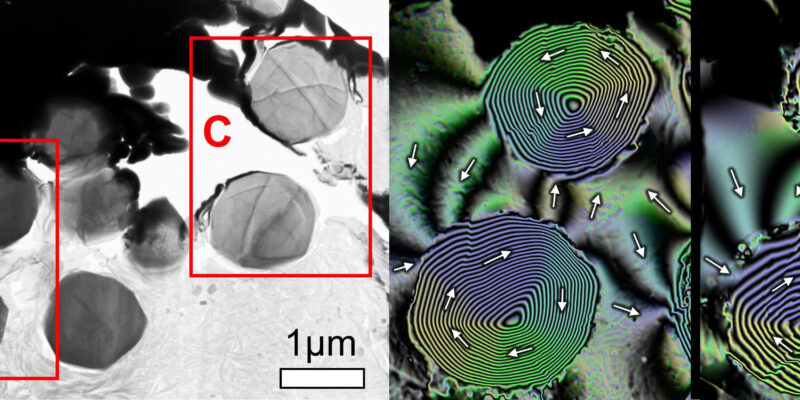
Overview
Water has been found in an asteroid sample collected by Japan’s Hayabusa2[1] space probe[2], marking the first such discovery and shedding light on how the Earth’s oceans may have formed.
The findings were published Thursday in the journal Science by research teams from Tohoku University[3], the Japan Aerospace Exploration Agency and elsewhere. Researchers analyzed samples from the Ryugu[4] asteroid sent from the Hayabusa2.
Hayabusa2
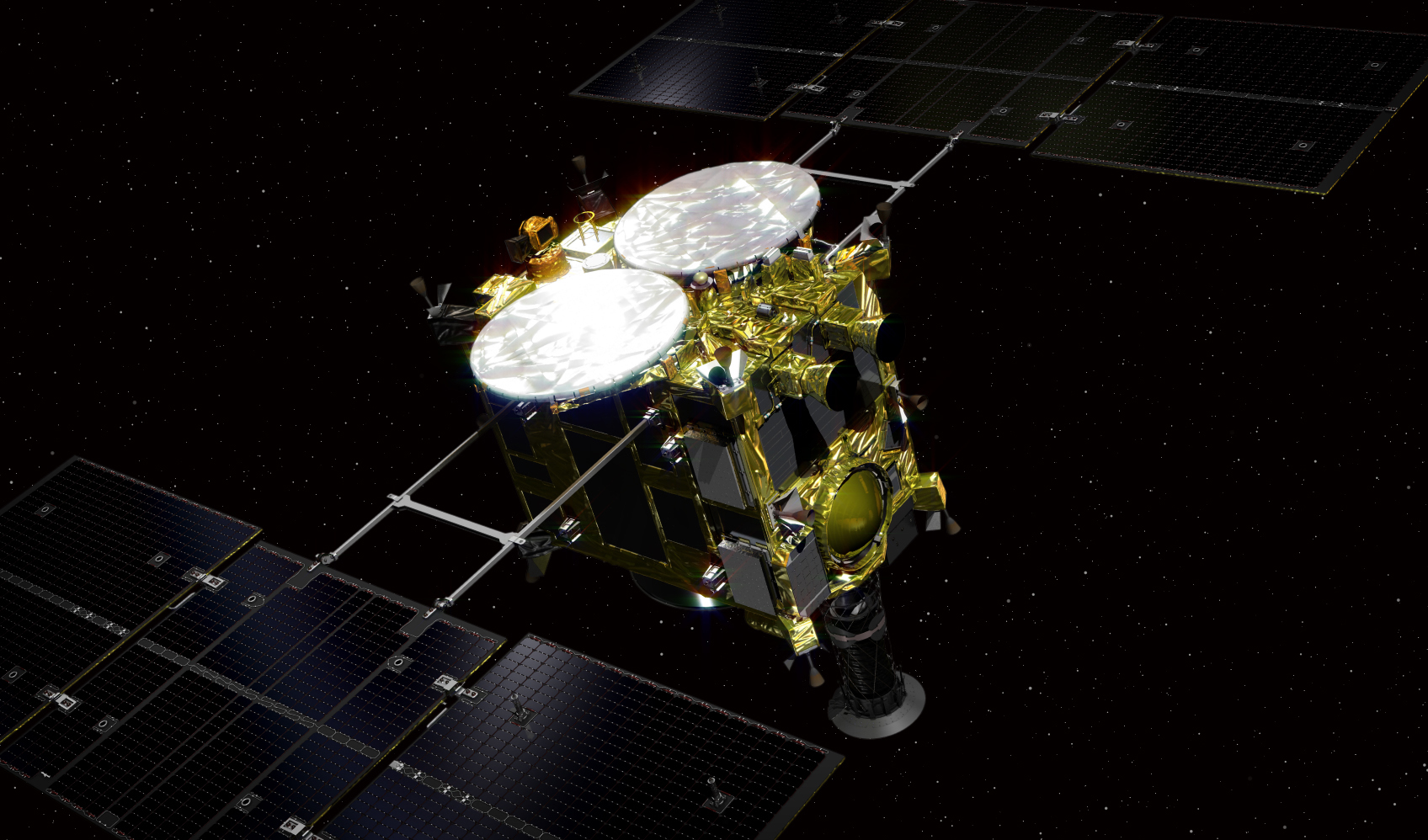
Hayabusa2
Hayabusa2 (Japanese: はやぶさ2, ” Peregrine falcon 2 “) is an asteroid sample-return mission operated by the Japanese state space agency JAXA. It is a successor to the Hayabusa mission, which returned asteroid samples for the first time in June 2010.
Hayabusa2 was launched on 3 December 2014 and rendezvoused in space with near-Earth asteroid 162173 Ryugu on 27 June 2018.
It surveyed the asteroid for a year and a half and took samples. It left the asteroid in November 2019 and returned the samples to Earth on 5 December 2020 UTC.
Hayabusa2 carries multiple science payloads for remote sensing and sampling, and four small rovers to investigate the asteroid surface and analyze the environmental and geological context of the samples collected.
Ryugu
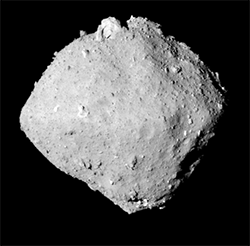
Ryugu
162173 Ryugu, provisional designation 1999 JU3, is a near-Earth object and a potentially hazardous asteroid of the Apollo group. It measures approximately 1 kilometre (0.62 mi) in diameter and is a dark object of the rare spectral type Cb, with qualities of both a C-type asteroid and a B-type asteroid.
In June 2018, the Japanese spacecraft Hayabusa2 arrived at the asteroid. After making measurements and taking samples, Hayabusa2 left Ryugu for Earth in November 2019 and returned the sample capsule to Earth on 5 December 2020.
The Results of the Exploration
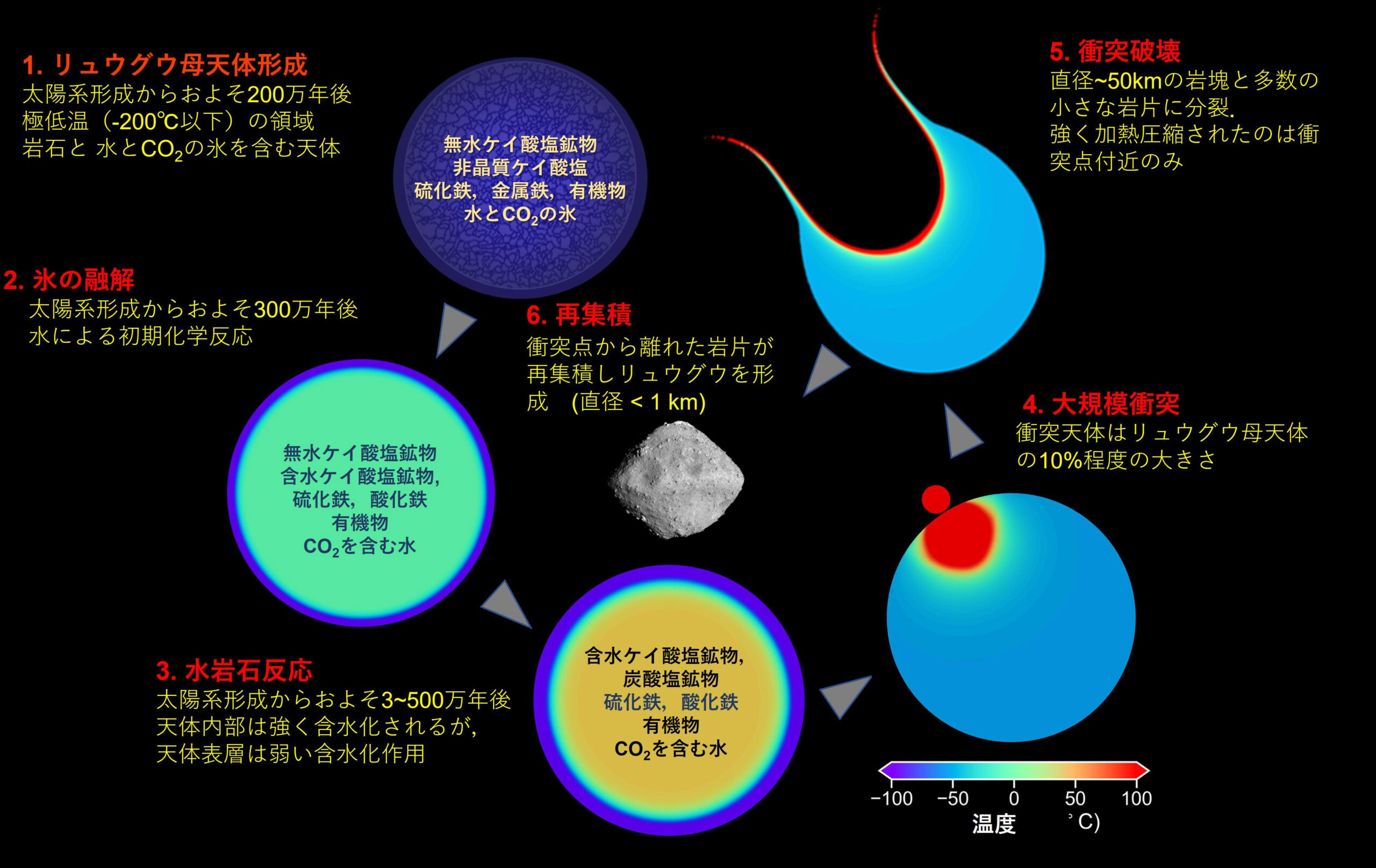
Through numerical simulation, the temperature distribution, age and collision destruction process of celestial bodies are calculated
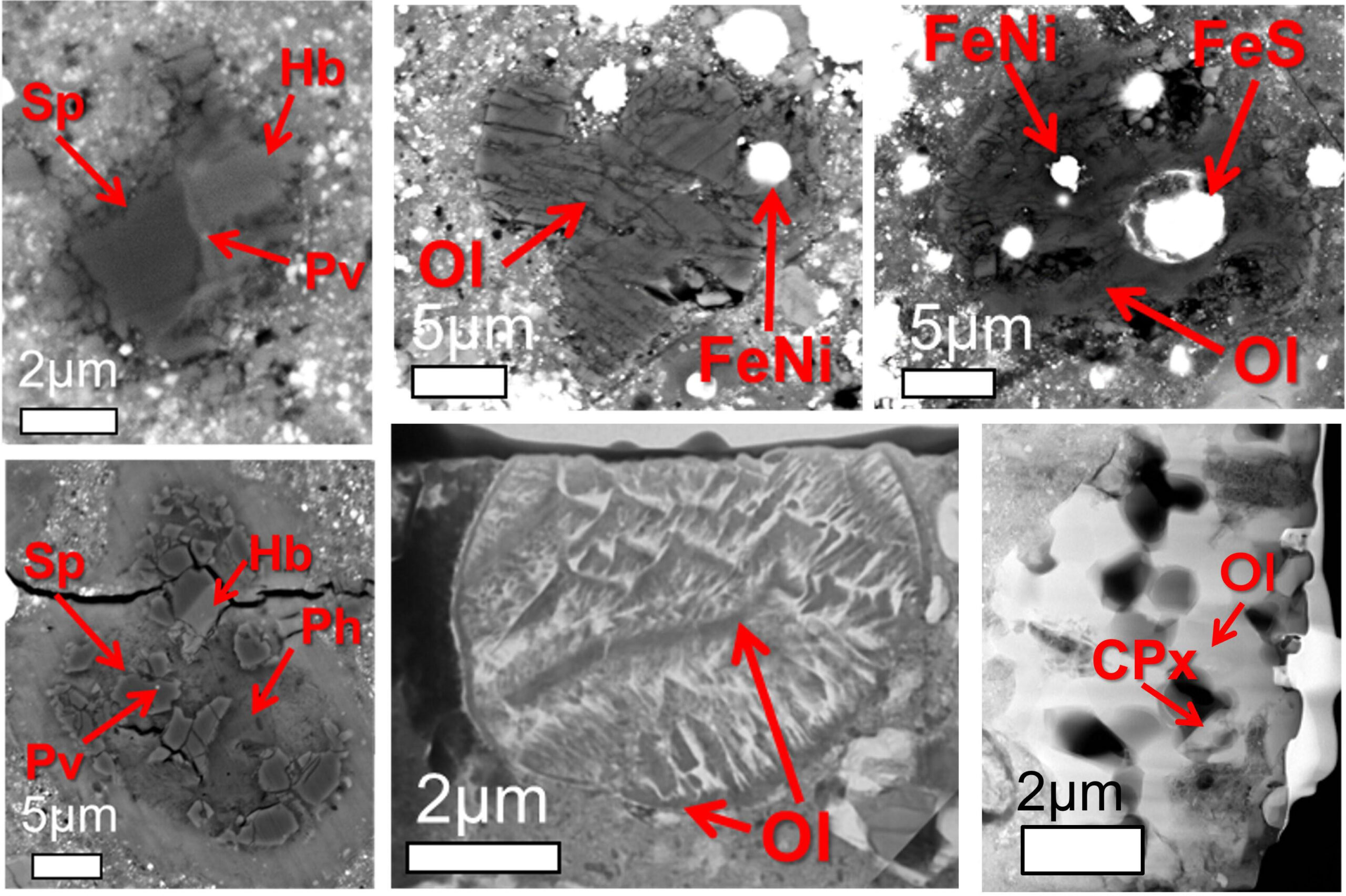
Particles formed in high temperature environments (over 1000°C) found in Ryugu samples (all electron micrographs). (A, B) Inclusions rich in calcium and aluminum, (B-D) spherulites formed from fused olivine (Ol), metallic iron (FeNi), and iron sulfide (FeS), (F) similar to stone aggregates Porous particles
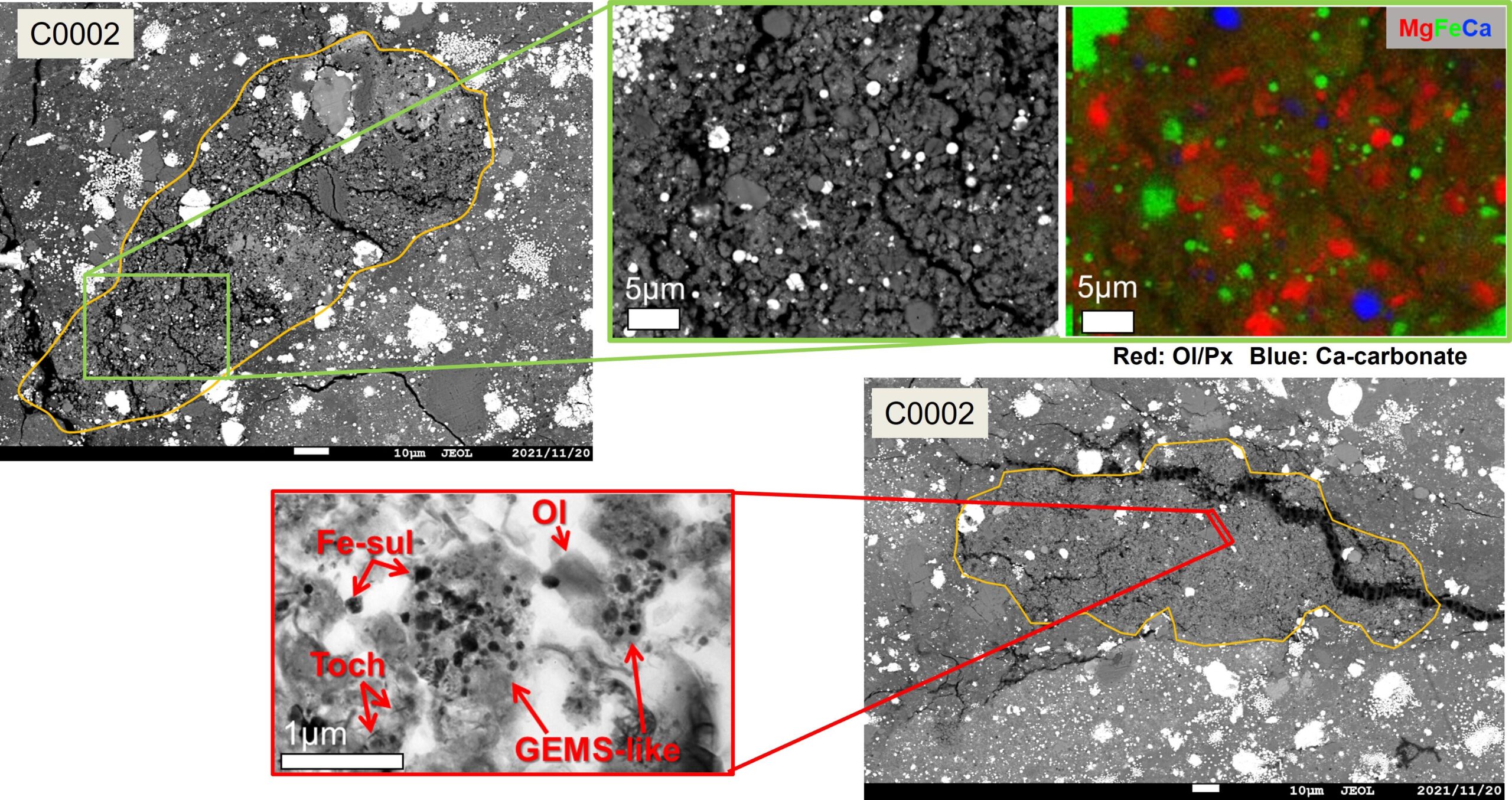
A rock fragment found in the C0002 sample that retains the original features of the object when it was formed (electron micrograph). (A) Overall image of fine-grained porous rock fragment, (B) enlarged view of part of the rock fragment, (C) element distribution in the same area as B. Red particles indicate olivine or pyroxene, indicating abundance of these minerals. (D) Overall view of fine-grained and porous rock fragments, (E) magnified section of D. The main components are fine particles formed from amorphous silicates and iron sulfides smaller than 1 micron (shown as GEMS-like in the photo) and olivine (Ol)
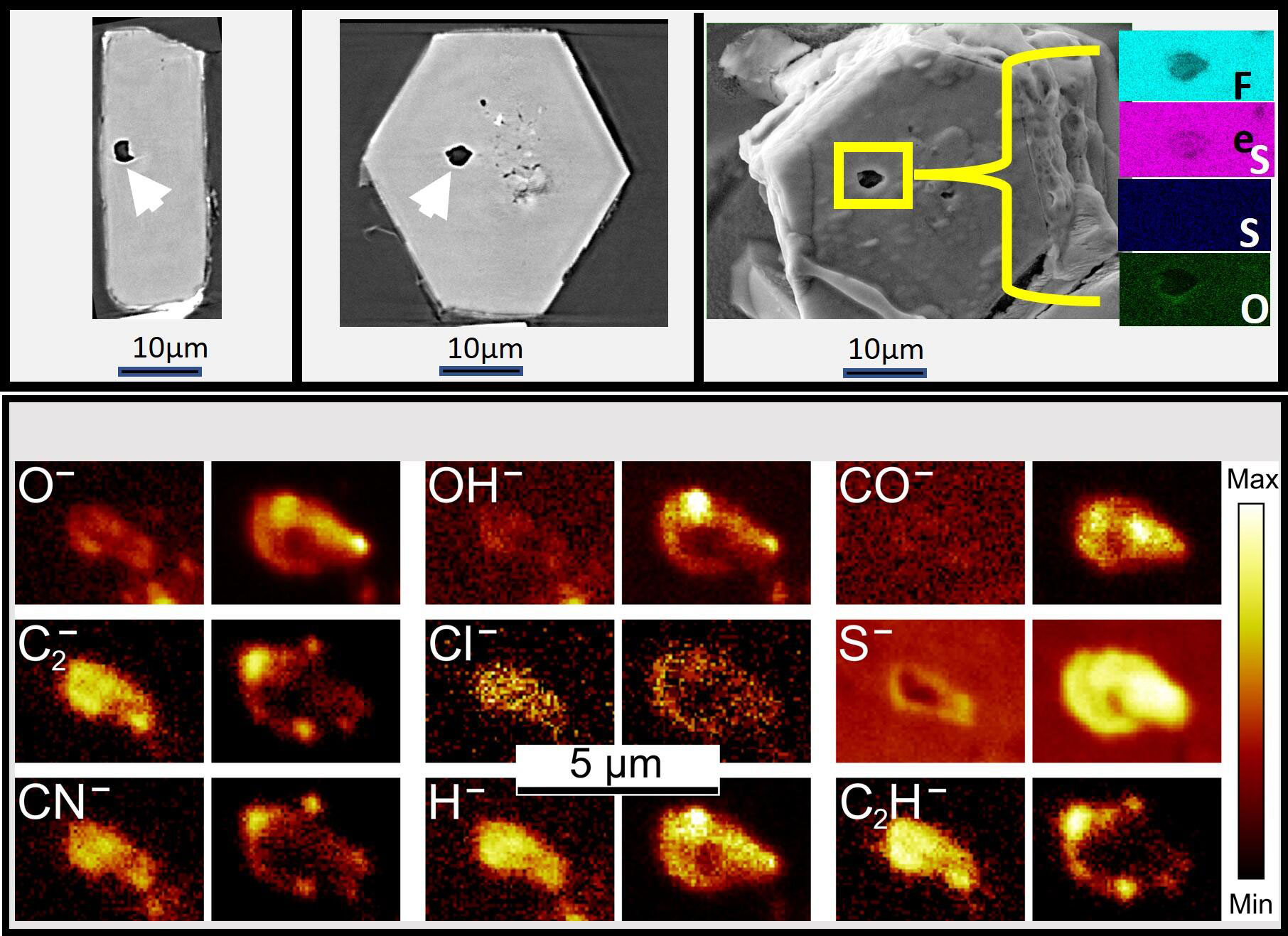
A liquid mainly composed of water and CO2 found in the hexagonal plate-like crystals (iron sulfide) in the Ryugu sample. (A, B) CT images of vacancies in iron sulfide crystals. Several micron-sized vacancies (white arrows) are present in the crystal. (C) Various ion species contained in the vacancies measured by the mass spectrometer (photograph showing ion species contained in the upper part of the left and middle pores (pore on the right). Set the temperature of the crystals to -120 °C, freeze the liquid in the wells and analyze. (D) After the analysis, the liquid in the pores was evaporated, and the interior of the pores was observed. As a result, elements other than the elements (iron and sulfur) constituting the crystal were not detected. This indicates that there is no solid component other than liquid in the pores
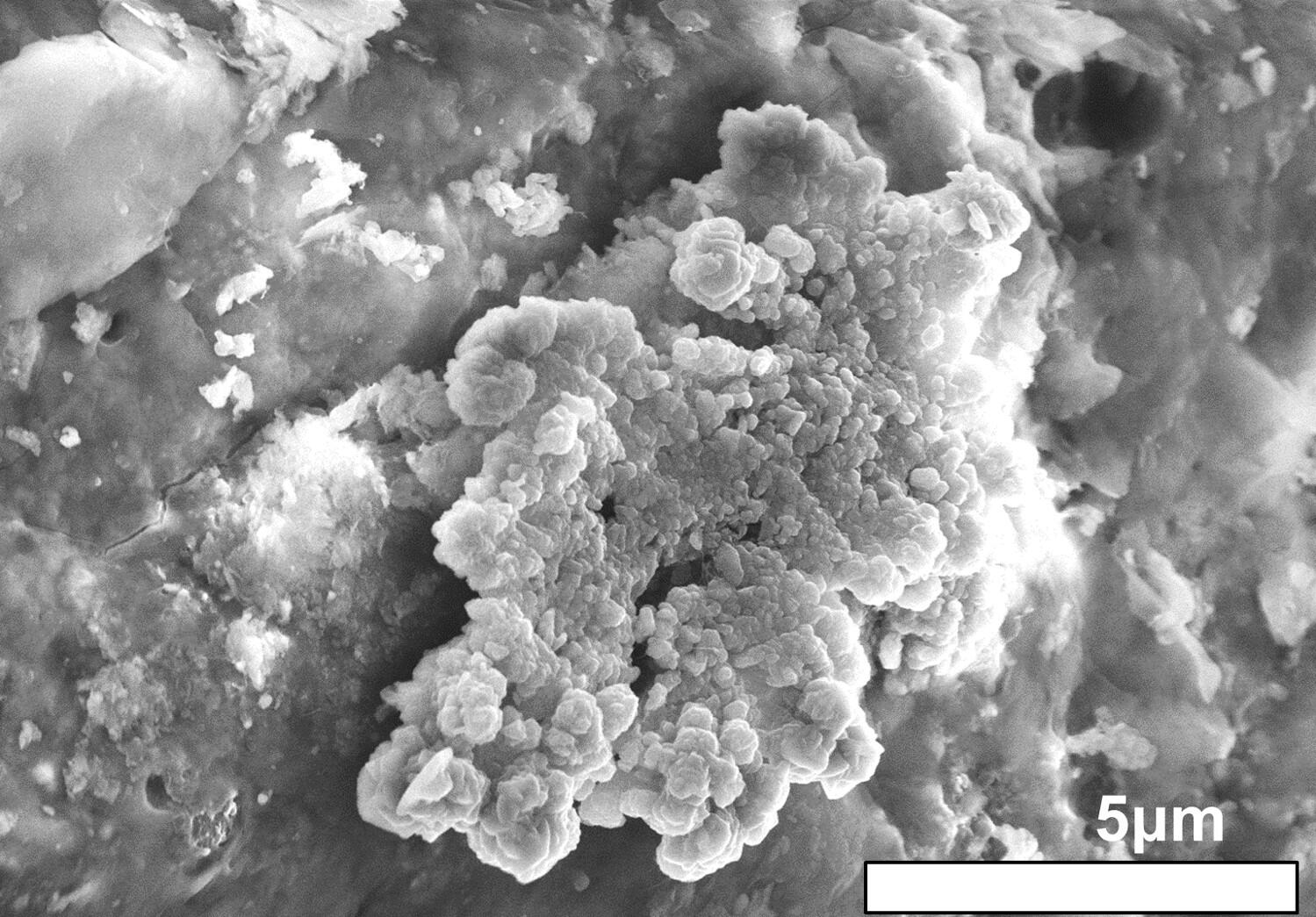
Epicoral crystals found on the surface of the Ryugu sample (electron microscope image). Ultrafine, thin crystals grow in stacks

Paleomagnetic records inscribed in spherical magnetite (Fe3O4) crystals. Transmission electron microscopy images (A) of magnetite extracted from Ryugu samples and magnetic flux distribution images (B, C) obtained by electron holography. Arrows and colors indicate magnetization direction. The concentric stripes seen inside the particles indicate that the magnetic field lines are entwined in the direction of the arrows (called a helical domain structure). The magnetic field lines seen outside the particle are stray magnetic fields from the particle, reflecting the magnetic environment of the Ryukyu when the interior of the Ryukyu parent body warmed and reactions between water and minerals occurred
References:
[2]JAXA | 小惑星探査機「はやぶさ2」初期分析 石の物質分析チーム 研究成果の科学誌「Science」論文掲載について

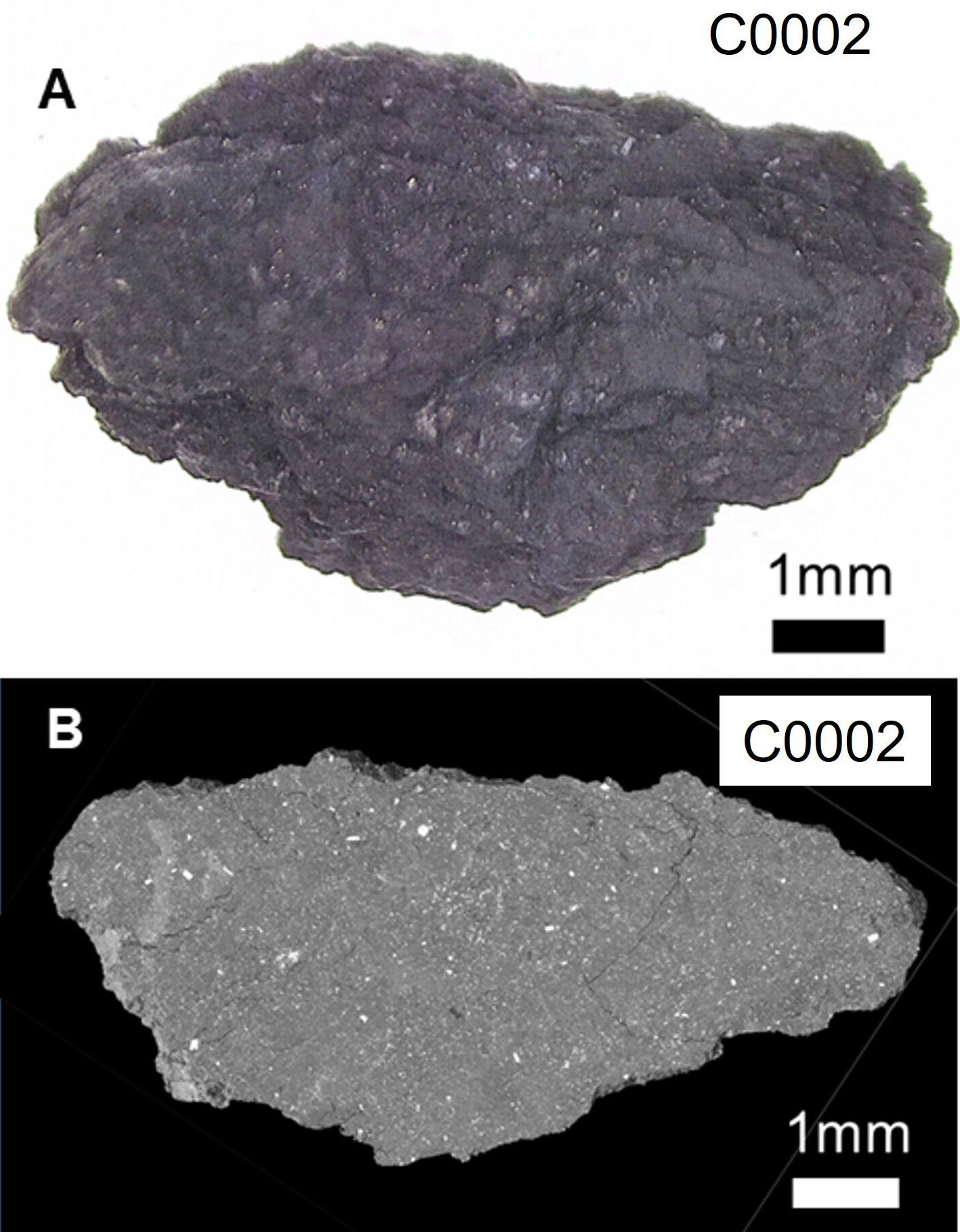
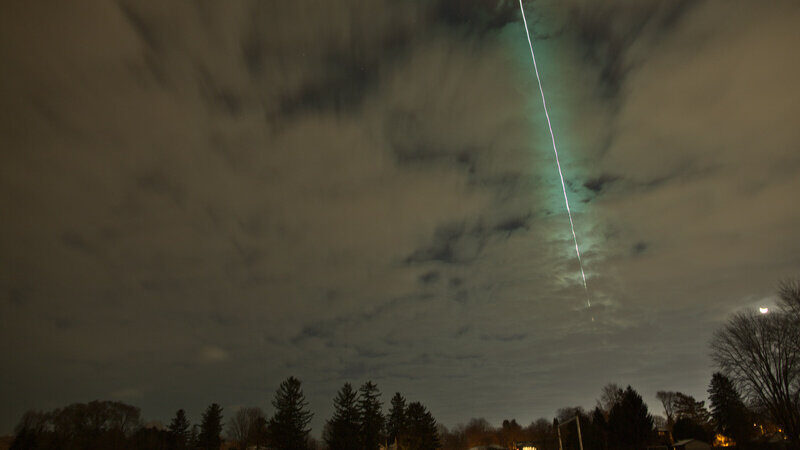

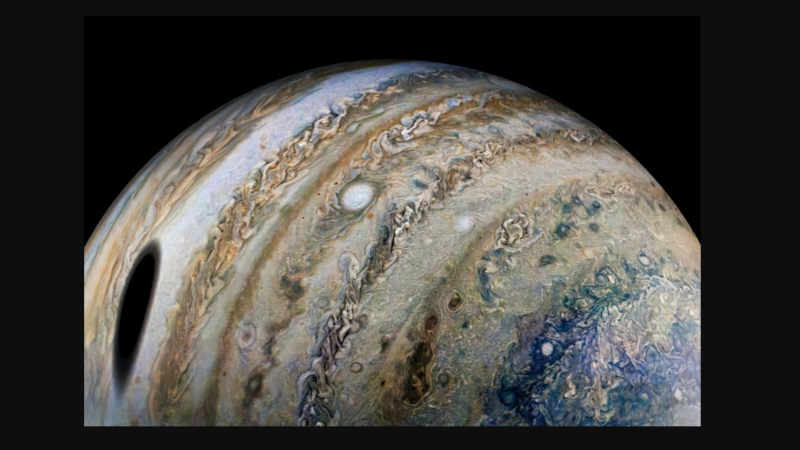
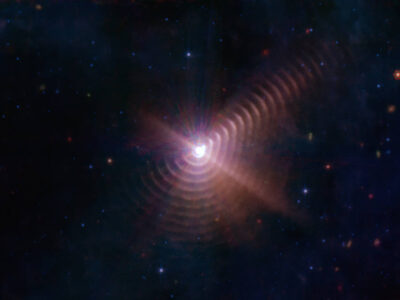
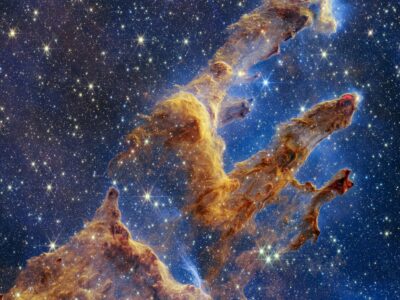
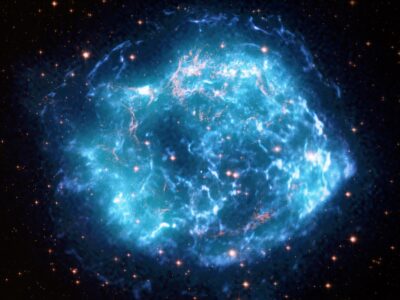
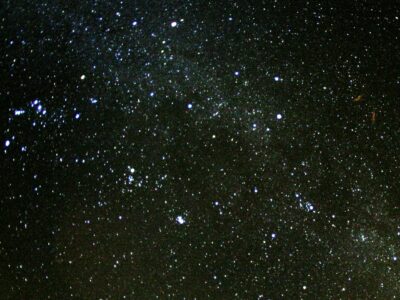



is there a life?